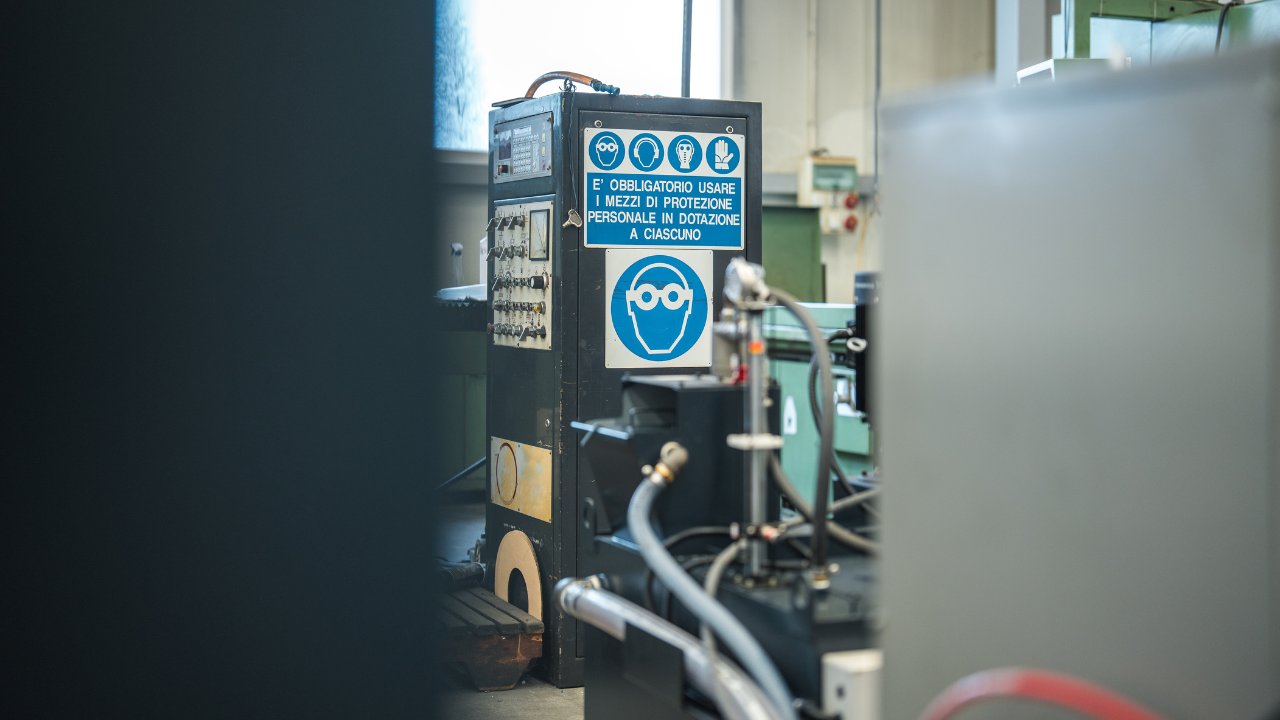Barrier or Buffer Fluid: The Liquid we Circulate Between Dual Seals
The McNally Institute
Consumers use the term “flushing” to describe six different methods of bringing fluid to the stuffing box area of a centrifugal pump. Experienced seal people use different terms to differentiate between the methods.
Discharge Recirculation
A line is connected between the discharge of the pump and the stuffing box. The high pressure fluid is then recirculated through the stuffing box to the back of the impeller and eventually to the pump discharge. This technique presents several problems for maintenance people:
- If the fluid contains solids ( and most of them do) the centrifugal action of the impeller will concentrate the solids on the inside diameter of the pump volute and it is this dirty fluid that is being recirculated to the stuffing box. Needless to say this will not be good for the mechanical seal because the solid particles will act as a “sand blaster” cutting into the lapped seal faces and clogging the sliding seal components.
- The pump wear rings, critical tolerances and close fitting bushings will experience rapid wear as the solids pass through the narrow clearances.
The only legitimate use of this technique is to pressurize the stuffing box to prevent a liquid from vaporizing. Be careful if you use this method in hot water applications especially if a heat exchanger is installed in the recirculation line. A high temperature water or steam leak in any of the fittings could be dangerous for any personnel in the area and the solids can clog up the heat exchanger.
When this line is used to pressurize the stuffing box you should keep several additional things in mind:
- Install a close fitting bushing in the bottom of the stuffing box. It will look like the thermal bushing described in the above illustration. The clearance should be .002 inches/ inch (0,002 mm/mm) of shaft diameter.
- Be sure to direct the line away from the lapped seal faces and the thin metal plates if you use a metal bellows seal.
- If you are using properly installed , balanced O-ring seals (and you should be), The sealed product will not flash between the faces as long as the stuffing box pressure is a least one atmosphere higher than the liquid vapor pressure. The discharge recirculation line should guarantee you will have this pressure difference.
Suction Recirculation
A line is connected between the suction of the pump and the bottom of the stuffing box or seal gland connection. Many pumps have a connection already tapped at the suction throat of the pump for a suction gage, but if none is available you can install one in the piping or a pipe flange if the piping is not thick enough to be drilled and tapped.
Stuffing box pressure is almost always higher than the suction pressure of the pump. Liquid from behind the impeller will be circulated through the stuffing box to the pump suction. This liquid has been centrifuged by the impeller and the result is that the liquid in the stuffing box is considerably cleaner than what you are pumping. In many cases you can eliminate the need for bringing in clean liquid and diluting your product.
This environment control works very well in closed impeller pump designs and those open impeller designs that adjust towards the pump volute rather than the back plate, such as the Duriron pump.
Flushing
A clean liquid, from an outside source is brought into the stuffing box through a regulating valve at one atmosphere (15 psi. /1 bar) higher than stuffing box pressure. The liquid should be brought in at the bottom of the stuffing box to insure thorough cleaning. All of this liquid will eventually go into your product.
If you are using balanced O-ring seals you will only need enough liquid to remove solids that might interfere with the seal movement. You will not need additional liquid to provide cooling because balanced seals do not generate enough heat to cause problems in most applications.
Seal designs that have the springs out of the fluid require only one to two gallons per hour (4 to 8 Ltrs./ hour) of flush. NOTE: this is per hour, not per minute. If you are using designs with multiple springs in the fluid check with your manufacturer for his recommendations. The clean flush can come from several sources:
- Clean water
- A compatible fluid
- A solvent
- One of the ingredients in the product
- Finished product will never hurt raw product. Finished product is almost always clean.
- An additive that is going to be put into the product down stream and can be added at the pump stuffing box instead.
If you are using shop water as the flush you must be careful or solids in the flushing water will clog up the flow control valve. The shop water pressure also tends to vary through out the day and in some instances it can fall below the pump stuffing box pressure. Most states require an air gap in the line if you want to use shop or city water as a flushing medium. A back flow presenter valve is used many times but it is illegal in most states.
Barrier or Buffer Fluid
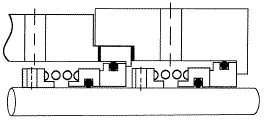
Anytime you use two seals in an application you need a fluid between them. How do you know whether to use barrier or buffer fluid?
If the fluid between the seals is higher than stuffing box pressure we call it barrier fluid. If it is lower than stuffing box pressure we call it buffer fluid. The liquid can be circulated either by forced circulation, a pumping ring or convection. The method that you will use will be dictated by the pressure, pump speed and shaft size. All seal manufacturers have charts available to give you the correct guidelines so you know whether to use barrier or buffer fluid.
If you elect to use a forced circulation system be sure to introduce the fluid into the bottom connection and out the top connection. This arrangement will insure that the space between the seals is vented and proper cooling will take place.
Forced circulation is the recommended method with all vertical shaft applications, although it is possible to offset the centering of the seal gland and get a small amount of pumping action as the liquid circulating in the seal changes its velocity at the convection tank connections. Check with your local distributor for an explanation of this principle.
Many of the latest seal designs utilize a built in pumping ring to enhance convection. This pumping arrangement is very necessary when ever oil is used as the barrier fluid. The following illustration shows a typical convection system that can be used with two balanced seals.
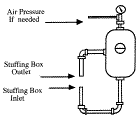
Water is one of the best barrier or buffer fluids because of its high specific heat and good conductivity. Petroleum oil is probably one of the worse because of its low specific heat and poor conductivity. Keep this in mind when you select a barrier or buffer fluid for your seals.
The type of seal you select will determine if the barrier fluid has to be kept higher or lower than the stuffing box pressure. Fluctuating pressures are normal in this business so you should select seals that balance in both directions to eliminate any problems that might be caused when the barrier fluid or system pressure varies.
Be sure to connect the convection tank or forced lubrication system so that the inlet is at the bottom of the double seal and the outlet discharges from the top of the seal. This arrangement will allow the seal to vent, and insure that the passages are full of liquid.
Jacketing Fluid (B)

High temperature pumps have a cooling/ heating jacket installed around the pump stuffing box. If a jacket has not been installed on your pump it can be purchased from the pump manufacturer or an “after market” supplier.
The secret to using a jacketed stuffing box is to install a thermal bushing into the bottom of the stuffing box and then “dead end” the stuffing box liquid. Dead ending means that no suction or discharge recirculation lines should be installed. Any material that has poor thermal conducting properties will be satisfactory for the bushing provided it is compatible with what you are sealing. Carbon is an excellent choice because unlike Teflon it does not change dimensions too much with a change in temperature.
A small amount of liquid or steam through the jacket can control the stuffing box to what ever temperature range you need. In some instances cool heat transfer oil is utilized. Keep in mind that this jacket is also providing cooling to the bearing case as well as the stuffing box.
Be sure the jacketing fluid is free from calcium (hard water) or any substance that can build a film on the inside of the jacket surface and restrict the heat transfer. A number of cleaners are available if you experience this problem. Condensate is a good jacketing fluid that presents few problems and is usually available.
Quenching – Often called vent and drain (Q connection on API gland)
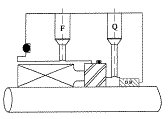
- Some seal glands have a vent or quench connection provided behind the seal so that steam or some other fluid can be used to control temperature in the seal area. A close fitting carbon ( or any other non sparking material) bushing is installed outboard of this connection to provide a close clearance between the gland and the shaft.
- Refinery applications use a version of the quench gland and call it an A.P.I. ( American Petroleum Institute) gland.
Now that you know the names of the six different methods let’s see how we use them in various sealing applications:
Discharge Recirculation
- You can use it to pressurize the stuffing box to prevent product vaporization.
- You can install a heat exchanger in this line but it is only effective when the pump is running.
- Do not install a filter into this line because it will clog up and restrict stuffing box recirculation.
- Many consumers install a “cyclone separator” type of device into the recirculation line. These separators have never proven to be very effective in removing solids from the stuffing box fluid.
Suction Recirculation
- You will need this line to vent a vertical pump.
- Use the line for normal product recirculation and to replace the stuffing box fluid with cleaner fluid that has been recirculated from behind the impeller..
- This connection provides a safe way to drain the stuffing box prior to seal removal.
Flushing
- To introduce clean liquid into the stuffing box, to remove solids or any problem fluid.
- Cool a hot liquid by flushing in a cold one.
- Remove a liquid that is sensitive to changes in either temperature and/ or pressure.
- You can use this connection to cross connect the stuffing boxes in a double ended pump application, and thereby equalize the pressures in the stuffing boxes.
Barrier or Buffer Fluid
- To stop a pressure drop across the inboard seal.
- To protect the dynamic O-ring in Ethylene Oxide applications.
- To control temperature at the seal faces
- To stage pressure in a high pressure application.
- To keep air or oxygen away from a seal face.
- To detect inner seal leakage when used with a convection tank.
- To shift the load to the outboard seal when sealing a non lubricant with the inboard seal.
- This is the normal method of sealing a gas.
Jacketing Fluid
- The best method of controlling temperature in the stuffing box when the pump is shut down. Be sure to install the thermal bushing or it will not work very well.
- Make sure that there are no suction or discharge recirculation lines connected.
Quenching or Vent & Drain – plus the disaster bushing
- The disaster bushing will protect the seal from hitting the inside of the stuffing box if you have a bearing failure. This is a very important feature in those applications where the product will burn or explode if overheated.
- The disaster bushing will protect personnel if there is a massive seal failure. The majority of the leakage can be directed, down the drain connection, to a collecting tank or vent.
- To wash away solids from the outboard side of the seal that will prevent “hang up” as the seal face wears and the seal moves forward.
- To wash away toxic or corrosive vapors that might leak across the seal faces.
To control the temperature in the seal area. - As a back up to a heating/ cooling jacketing failure.
The rest of the world calls all of these techniques “FLUSHING”. Try to acquire the habit of using the proper terminology so that you will avoid confusion when you communicate with seal people and your fellow workers.
Related Articles

OEE: Overall Equipment Effectiveness
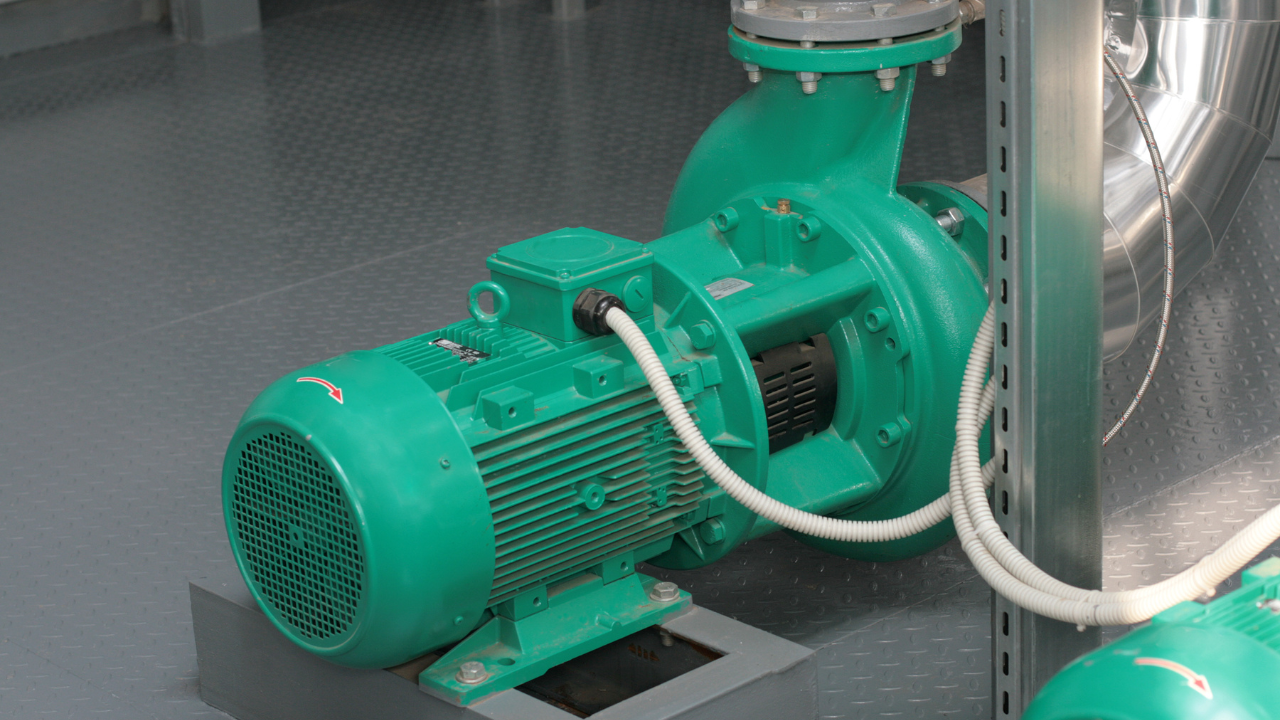
What the Pump Was Designed to Do and Why it Doesn't Do it
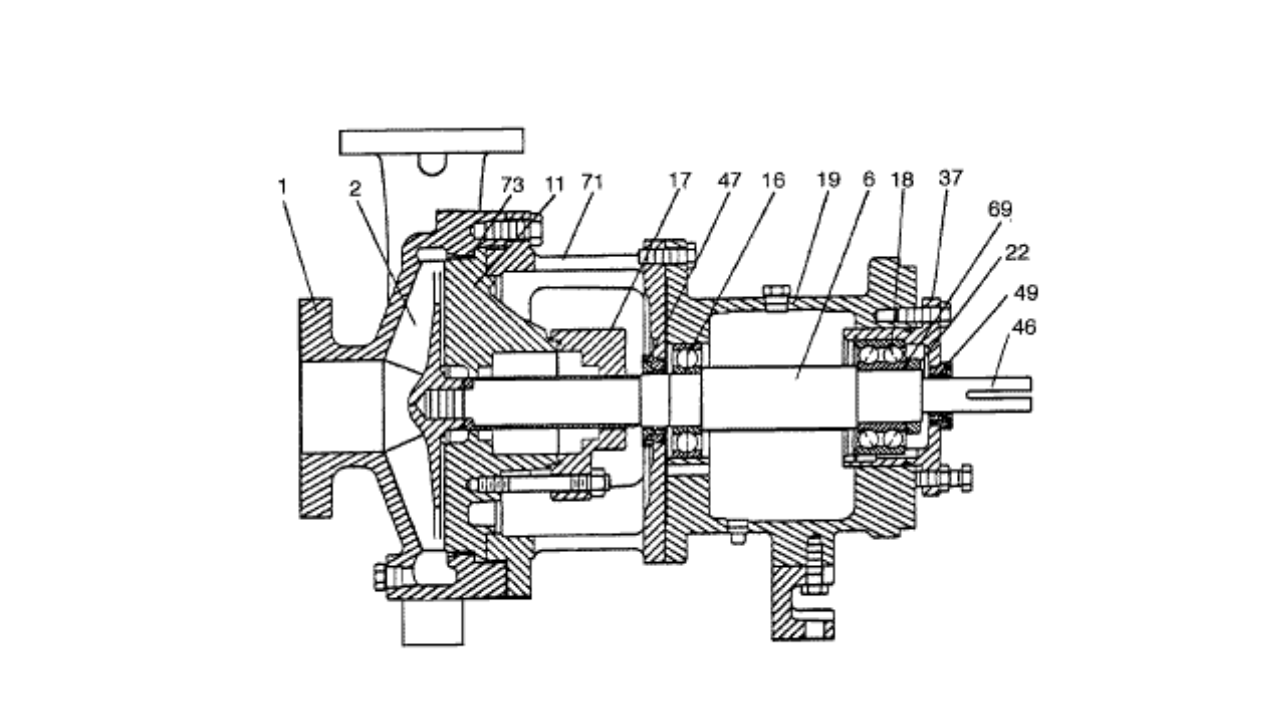
What is Wrong with the Modern Centrifugal Pump?
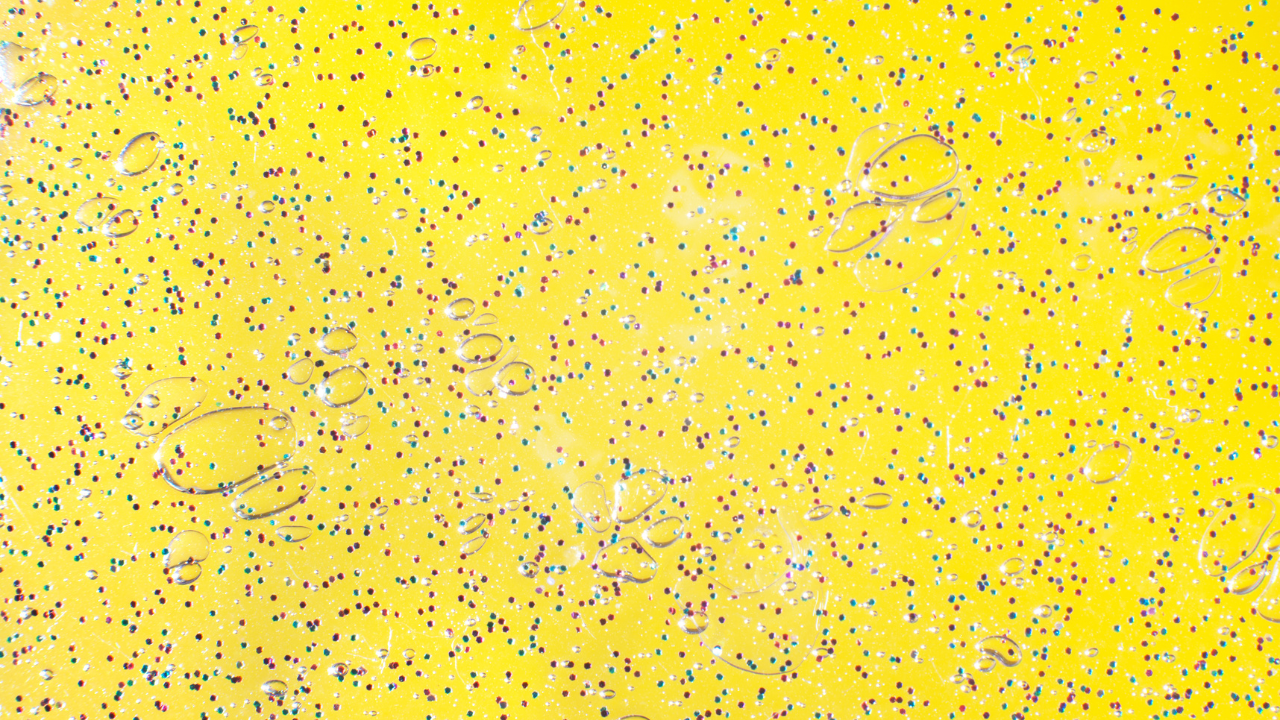
Digging Up Savings: Go with the Flow
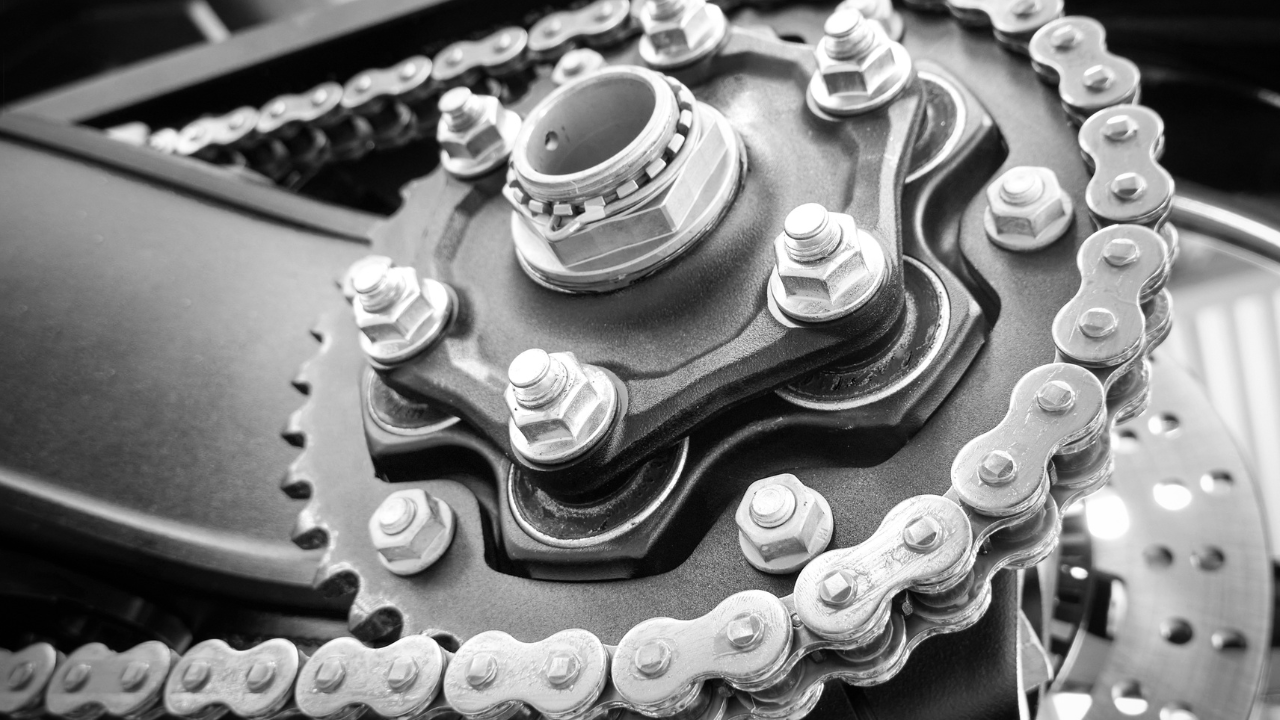
Chain Drive Design Recommendations

Classifying Chemicals to Assure Effective Sealing
